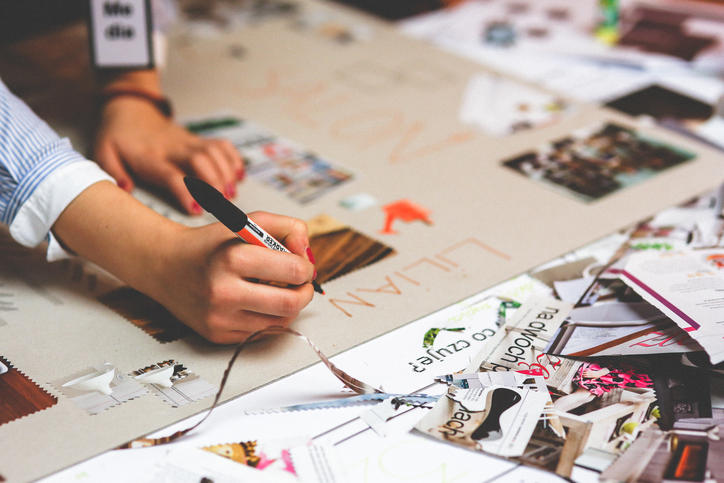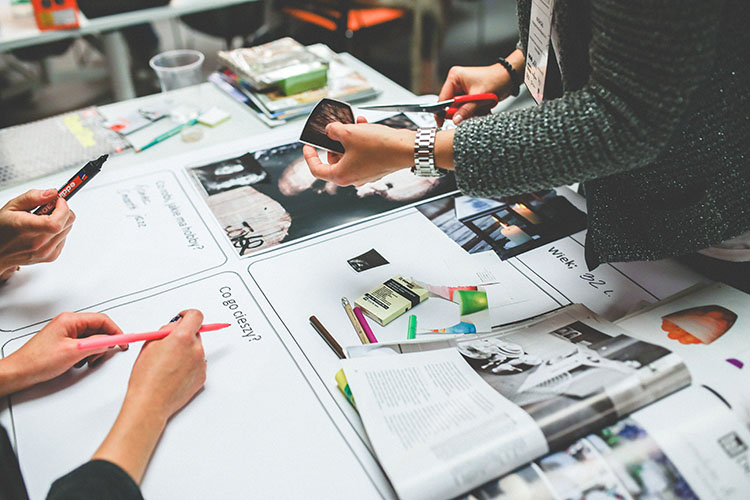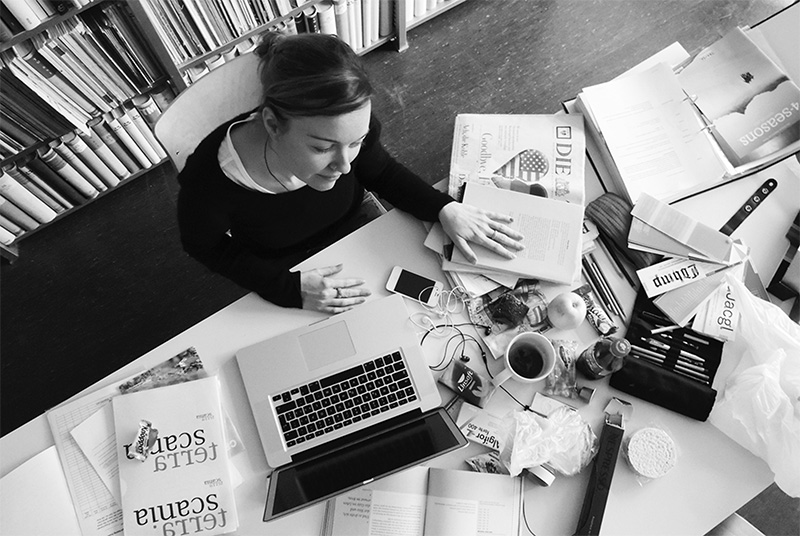As designers, we always strive to create the best user experience possible. However, what we think works may not always resonate with our users. This is where user testing comes in. By involving real users in the design process, we can gain valuable insights and feedback that can help us improve our designs and create a better experience for our audience. In this article, we’ll be exploring the role of user testing in our design process, and why it’s important to include it in every design project.
I. Understanding User Testing
Before we dive into the specifics of user testing, let’s define what it is. Simply put, user testing is the process of evaluating a product or service by testing it with representative users. The goal is to uncover any usability issues, gather feedback, and understand how users interact with the product or service.
There are different types of user testing, including moderated and unmoderated testing, remote and in-person testing, and exploratory and evaluative testing. Each type has its own advantages and disadvantages depending on the goals of the test and the resources available.

One example of user testing is A/B testing, which involves comparing two versions of a design element to see which one performs better. Another example is usability testing, which focuses on identifying problems with the user interface and interaction design.
II. Benefits of User Testing
Now that we have a basic understanding of user testing, let’s explore some of the benefits of incorporating it into our design process:
1. Better user experience
User testing can help us identify pain points in the user journey and make necessary adjustments. By observing how users interact with our designs, we can see where they get confused or frustrated and find ways to improve the experience.
2. Cost savings
User testing can also save us time and money in the long run. Imagine launching a product without user feedback, only to find out later that there are major usability issues that need to be fixed. This would require additional resources and could potentially damage our brand reputation.

By conducting user testing early on in the design process, we can catch these issues before launch and make changes accordingly. This not only saves us money, but also helps us deliver a better product to our users.
3. Competitive advantage
Including user testing in our design process can give us a competitive edge. By creating a product that is tailored to our users’ needs and preferences, we can differentiate ourselves from competitors who may not prioritize user feedback.
Additionally, by consistently gathering feedback and iterating on our designs, we can stay ahead of the curve and continue to provide a superior user experience.
III. Incorporating User Testing into Our Design Process
1. Define goals and objectives
Before conducting any user testing, it’s important to define clear goals and objectives. What questions do we want to answer? What insights are we hoping to gain?

2. Recruit participants
The next step is to recruit participants for the user test. It’s important to select participants who represent our target audience, as this will ensure that the feedback we receive is relevant.
There are different ways to recruit participants, including online ads, social media, and user research panels. We should also consider offering incentives to encourage participation.
3. Create test materials
Once we have our participants, we need to create the test materials. This may include wireframes, prototypes, or even live products. It’s important to keep the test materials simple and focused on the goals we defined earlier.
We should also consider what types of data we want to collect, such as task completion rates, time on task, and satisfaction ratings. By deciding on these metrics ahead of time, we can ensure thatwe’re gathering the right data to inform our design decisions.
4. Conduct the test
The next step is to conduct the user test. Depending on the type of testing we’re doing, this may involve observing participants in person or remotely, or asking them to complete tasks independently. It’s important to remain neutral during the test and let the participant lead the way.
We should also encourage participants to think aloud and share their thought process as they complete tasks. This can provide valuable insights into how they approach the product or service.
After the test is complete, we need to analyze the results. This may involve watching recordings of the test, reviewing survey responses, or analyzing task completion rates.
5. Iterate on the design
Based on the insights we gain from user testing, we should iterate on the design. This may involve making changes to the user interface, adjusting the information architecture, or tweaking the content.
It’s important to prioritize the changes based on their potential impact on the user experience. We should also consider conducting additional rounds of user testing to ensure that our changes are effective.
In conclusion, user testing is a critical part of the design process. By involving real users in the design process, we can gain valuable insights and create a better user experience. User testing can help us identify pain points, save time and money, and give us a competitive advantage. Incorporating user testing into our design process involves defining goals and objectives, recruiting participants, creating test materials, conducting the test, analyzing the results, and iterating on the design. By following these steps, we can ensure that our designs are optimized for our users and deliver the best experience possible.
Key takeaway points:
- User testing helps us create a better user experience.
- User testing saves time and money and gives us a competitive advantage.
- Incorporating user testing involves defining goals, recruiting participants, creating test materials, conducting the test, analyzing the results, and iterating on the design.
If you’re interested in incorporating user testing into your design process, or would like to learn more about our design services, please don’t hesitate to contact us.
Leave a Reply